Mice can be a real problem once they start to infest parts of your home, such as the garage, attic, and pantry. Nonetheless, they’re most common in garages because it’s often one of the most overlooked places.
So, how do you keep mice out of your garage? You can keep the mice out of your garage by using sticky traps and peppermint spray. You can also keep them out by keeping a dog or a cat because these two are natural chasers of mice.
In this article, we’ll discuss how common it is to have mice in your garage, and how to keep them out and get rid of them without killing them.
Is It Typical to Have Mice in the Garage?
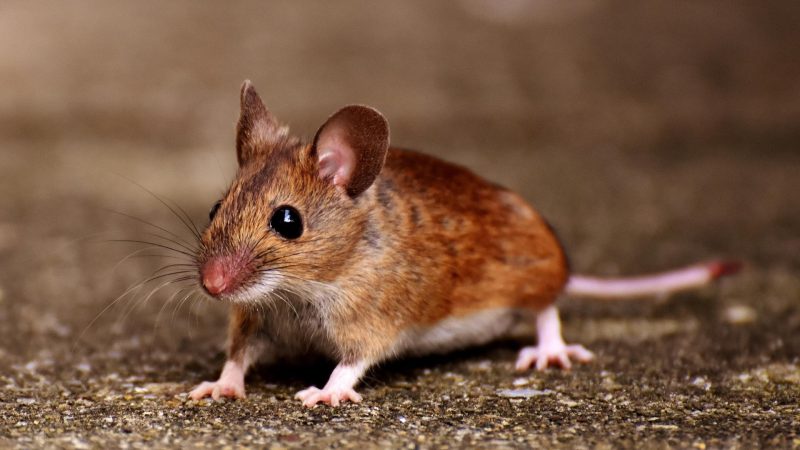
Mice are pretty common in garages because they have dark areas where they can hide and nest. On top of that, they can also get food and water sources from this site since cracks and crevices easily go unnoticed in this area.
What Time Do Mice Come Out?
Since mice are nocturnal creatures, they’re typically active during dusk and dawn. They usually can’t be seen during the daytime, but these creatures sometimes go out in daylight if their nest is disturbed or they’re looking for food.
It’s best to note that seeing them during morning hours indicates a large infestation.
Where Do Mice Hide During the Day?
During the day, mice are typically asleep. They are away in their nests that are made from soft materials like shredded paper, insulation, cotton, or cardboard boxes.
Where Do Mice Nest in the Garage?
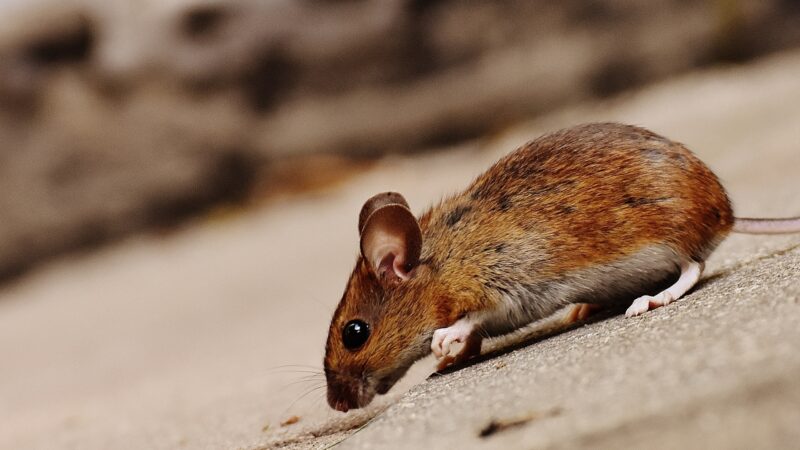
These rodents crawl along the wall’s edges, so you probably won’t see them sprinting in a room. Look for bag holes that look chewed up by mice and look for light coming through holes, open spaces, cracks, and crevices.
Are Mice in the Garage a Problem?
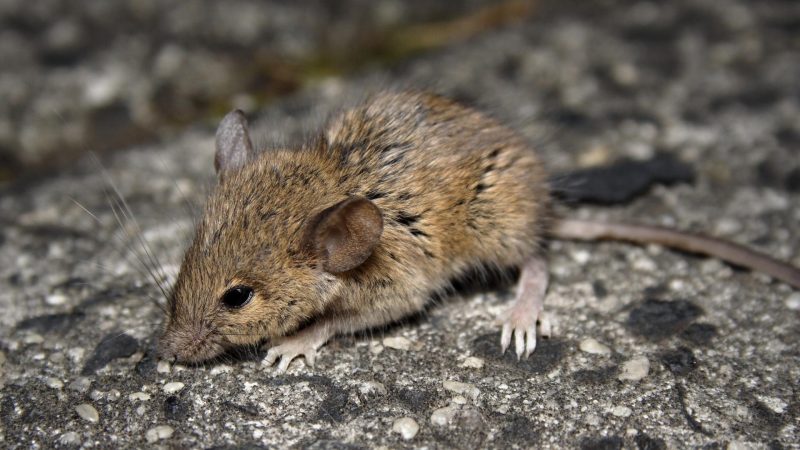
Mice in the garage are a problem since they can damage your property and cause insect infestation. In addition, they can also pose health issues like lymphocytic choriomeningitis (LCMV), hantavirus, and salmonella.
To prevent this from happening, remove the things that attract them to your garage. This includes piles of stuff like old newspapers and empty boxes and sacks of grain, pet food, birdseed, leftover food, trash, and snacks.
Are Mice Bad to Have Around?
Mice are bad to have around your house as they can damage your property and spread diseases. These diseases include listeria, hantavirus, and salmonella spread through their droppings, besting materials, and saliva.
Aside from carrying various diseases, mice are also known to nibble up the wiring. So, it’s best to ensure that no mice can’t enter your garage as they can cause several damage to your property.
Why You Don’t Want Mice in Your Garage?
Mice enjoy getting into various spaces via chewing, gnawing, and clawing. They can gnaw their way into your garage and begin tearing through the contents in search of resources for their nests. Even worse, they enjoy chewing on wires that they come upon, such as wires in your car,
Additionally, mice make a mess everywhere they go because they urinate and feces all day long. Hantavirus and hemorrhagic fever are just two of the dangerous illnesses that their urine and feces may spread to people! Without realizing it, you could come into contact with it
How Do I Know If There’s Mice in My Garage?
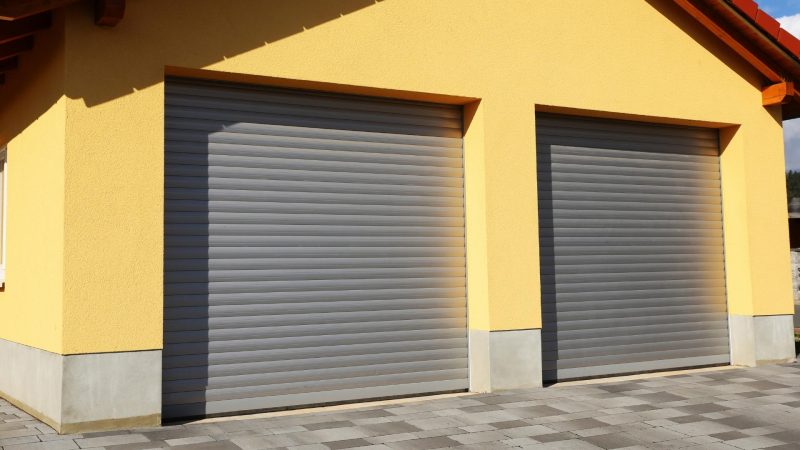
You’ll know that you have mice in your garage if you smell an unpleasant, musky odor. Also, you can find tiny scratches on the wall and storage areas, droppings as well as shredded papers, and little squeaking noises.
How to Keep Mice Out of the Garage?
To keep mice out of the garage, consider doing the following:
Declutter and Organise Things in Your Garage
Mice like disorganized places, so make sure to discard the items that are no longer in use, such as cardboard boxes, old newspapers, and more. Arrange your other things neatly and use sealed bins and containers.
Cleaning the Garage
Cleaning the garage is one of the best ways to keep the mice out. Clean up the dog food and grass seed strewn around the garage, and mice will have less interest in going there.
Seal the Gaps in Your Garage
Another way to keep mice out of the garage is to seal the gaps on the walls or the entry points. This way, you can ensure that no mice can enter your garage. You can use steel wool and caulk to fill the gaps and small holes, directing into the garage.
Trim Back Plants and Bushes
Cutting back plants and bushes that touch the foundation of your garage. This way, mice will have less space to hide.
How to Get Rid of Mice in the Garage Without Killing Them?
If you want to get rid of mice in the garage without killing them, you can use the following method:
Peppermint Oil
Mice have a sensitive smell, and the peppermint scent can be too strong for them. To use, get a cotton ball and soak it with peppermint oil. After that, place it into the area where there are suspected mice activities.
Citronella Oil
Citronella oil is an effective ingredient in repelling mice. According to the National Pesticide Information System, rats steer away from areas sprayed by citronella oil.
To apply, get a clean spray bottle and mix 1 ½ tablespoons of citronella essential oil and 1 cup of rubbing alcohol. After that, shake lightly and spray liberally into the suspected affected areas.
Live-Capture Traps
Live-Capture traps are one of the most classic ways to get rid of mice without killing them. To use, get a plate and put some treats there for mice, such as soft cheese, peanut butter, and wet cat food.
The smell of these food items lures the mice into the trap. Once they enter the trap, the door behind them will shut. The trap will only imprison the mice and not kill them. Thus, you can release them in a secluded area, away from home.
Related: Mice Control: How To Get Rid of Mice?
How to Repel Mice From the Garage?
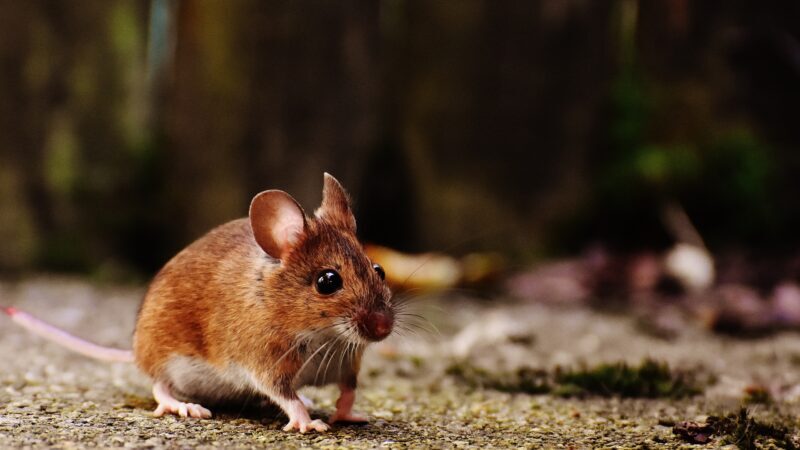
If you want to repel mice from entering the garage, you need to make the garage as unattractive to them as possible. Consider using the following tips to make your garage rodent-free:
- Put the grass seed, bird seed, and dog food in sealed bins or containers to prevent the mice from feasting.
- Always keep the things inside the garage organized.
- Repair the gaps and cracks ushering into the garage.
- Trim back overgrown tree branches that touch the garage roof.
- Transfer the trash cans outdoors and ensure they’re tightly sealed to avoid attracting mice.
- Stack firewood outdoors away from your garage and home.
How to Seal Garage Door From Mice?
Mice seek warmth and food, especially during cold months, and the garage offers them both. If the garage is attached to your house, the mice can quickly enter the rest of your home.
Materials Needed
To seal the garage door from mice, you’ll need the following materials:
- Chalk
- Masonry adhesive
- Garage door threshold
- Copper mesh
- Metal flashing
- Putty knife
- Woven/welded hardware cloth
- Joint compound
- Steel wool
- Foam caulk
These materials assist in sealing holes and gaps around the garage door, which is an essential step toward being a mouse-free household.
Steps on Sealing Garage Door
To seal the garage door using the materials above, you can follow the given steps below:
Step 1: Examine the garage threshold of the door (rubber strip), which can be found attached to the bottom of the door’s ground. Ensure that the door’s bottom is clean and dry, along with its ground.
Step 2: On the ground, put the threshold in the middle—between the tracks on the garage entrance door.
Step 3: With the use of a utility knife, trim the threshold to extend the full-width opening. Attach it securely to the garage door’s sides.
Step 4: Position the door’s threshold at a 45-degree angle against the bottom door. On the ground, mark the threshold inside’s edge using marker-like chalk. Open the door and outline the threshold’s outer edge.
Step 5: Pull out the threshold. Use two adhesive-formulated beads for concrete or masonry into each line you’ve marked—3/4 of an inch back per line.
Step 6: Put adhesive in a zigzag between the first beads and the opening’s width.
Step 7: Allow the adhesive to cure based on the product direction. Once done, fibbed the threshold over the adhesive, aligning the rims with the marked lines on the ground.
Step 8: Adjust the garage door by lowering it and wiping the extra adhesive using a moist cloth.
Step 9: Position the metal door flashing on the bottom of the interior, along the wooden garage door’s sides. Flashing shields the door edges to prevent mice from chewing the wood.
Step 10: Examine if there are gaps in your door and fill small holes by cramming temporarily with screen wire or steel wool. For durable restoration, blend a joint compound, preferably a quick-drying one into a copper mesh pile, then shove the blend into the wall gap. In filling and smoothing, utilize a putty knife to patch the door.
Step 11: Start repairing the holes bigger than 3 inches by wrapping them using a ¼ of an inch of welded or woven hardware cloth. Then, fill the hole with a foam caulk or joint compound.
Step 12: Stuff the holes along the foundation of your garage area and walls with a concrete mixture and copper mesh.
Will Mice Leave if There is No Food?

The reason why mice invade homes is for food, water, and shelter. Moreover, they can only go for two to four days without food. In short, they’ll leave the place if there’s no food after two to four days.
How to Prevent Mice in a Garage?
- Food should be stored in airtight containers or kept out of the garage. Likewise, put cereals, fertilizer, and dog food in airtight plastic containers.
- Find any fractures, holes, or gaps in concrete slabs and foundations with great care, then fix them in with concrete patches.
- There are commercial pesticides that deter mice. However, you can create a more natural concoction that mice detest if you are wary of commercial repellents.
- You can plant peppermint around the foundation of your home and garage. The smell repels rodents and perfumes your home. Also, you can spray it around your house.
- Use ultrasonic mouse repellers inside the garage. Although an ultrasonic mouse repeller is audible to humans, mice find the sound it makes to be excruciatingly painful.
List of Sources
Bond, C., Buhl, K., Stone, D. (2013). Citronella General Fact Sheet. National Pesticide Information Center, Oregon State University Extension Services.
Lymphocytic Choriomeningitis (LCM). (2014). Centers for Disease Control and Prevention.
Trap Up! (2010). Centers for Disease Control and Prevention.
Hantavirus. (2021). Centers for Disease Control and Prevention.
- How to Get Rid of Copperheads | Practical Guide - August 27, 2023
- How to Get Rid of Corn Snakes | What Makes Them Aggressive? - August 27, 2023
- How to Get Rid of Alligators | Safety Measures and Removal Methods - July 16, 2023
